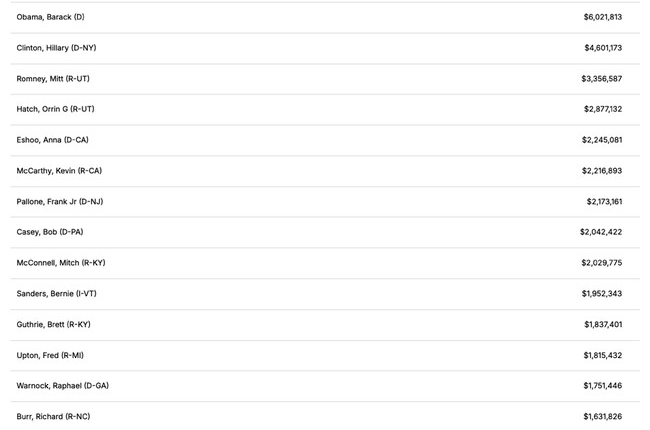Many commercials feature catchy tunes for viewers to enjoy, but things take a serious turn when a somber voice lists the numerous potential side effects of the medication, culminating in the mention of “possible death.” The inclusion of such a grave warning might seem overly dramatic, if not slightly amusing. However, this raises the question – is this practice acceptable? Should pharmaceutical companies have the ability to advertise directly to consumers? It may come as a surprise, but only the United States and New Zealand permit direct-to-consumer marketing of prescription drugs. Notably, Big Pharma is set to allocate billion towards advertising this year, marking a 5 percent increase from the previous year.
Is this ethical? Probably not. Let’s dive in, shall we? Let’s use Jardiance, for example. Jardiance is a type 2 diabetes drug that works by blocking the sodium-glucose cotransporter 2, aka it stops sugar from being reabsorbed in the kidneys and forces the body to urinate it out. It does have a benefit in people at high risk of cardiovascular death, which makes it popular in the treatment of diabetes. Thirty pills cost (at wholesale price) about $585.00. The problem? In studies, it lowers A1c only about 0.7-0.9 percent. Goal A1c (the measure of blood sugar over three months) is <7 percent. Let’s look at a popular drug that’s been around much, much longer — metformin. Metformin, the generic for Glucophage, went generic in 2000. it costs actual pennies, and you can get a 90-day supply for about $5-10 at some pharmacies. It can lower A1c ~1.5-2 percent. It is pretty well tolerated, aside from some possible GI side effects.
Let’s say we have a diabetes patient with an A1c of 9 percent. That means your average blood sugar level is 212mg/dl. Reference for normal while fasting is 70-100 mg/dl, and a normal random draw should be less than 125mg/dl. Goal A1c is <7 percent. Which drug will get you there?
Which drug would you prefer? Personally, I’d want the cheaper, more effective metformin. However, when doctors get visited by pharm reps, or patients come in singing the jingle and put pressure on the doctors to write for the drug they like, we often see the less effective, more expensive drug written. Some may require prior authorization, which can hold up the process of getting medications to the patient. We can also see higher co-payments and less access to drugs for some patients. Does this mean we can’t add on Jardiance down the line if metformin doesn’t work? Of course, we can, as we can with the GLP drugs. Point being: If doctors are influenced by the pharm reps, the commercials, the patients, we end up costing the medical system much more than we need to when there are other drugs that can treat that disease more efficiently and for far less.
So, why is this allowed? Well, it’s no shock that Big Pharma has a hand in getting our leaders elected. Looking at this chart…

…they have a hand in who gets elected, and, one would assume, if Big Pharma helps get you elected, you won’t want to regulate the hand that feeds you. As with stock trading in Congress, which I will leave to others to dissect, Big Pharma should not have a hand in who we elect as leaders. This conglomerate should be more regulated and should not have direct-to-consumer marketing ability. My bold prediction is that if we took commercials off the air, I would expect to see healthcare costs significantly lower.
As of November 30th, HHS Secretary nominee Robert F. Kennedy Jr. has announced he wants to pull the advertising off the air. Welcomed news, to be sure — let’s hope it passes all red tape.

















